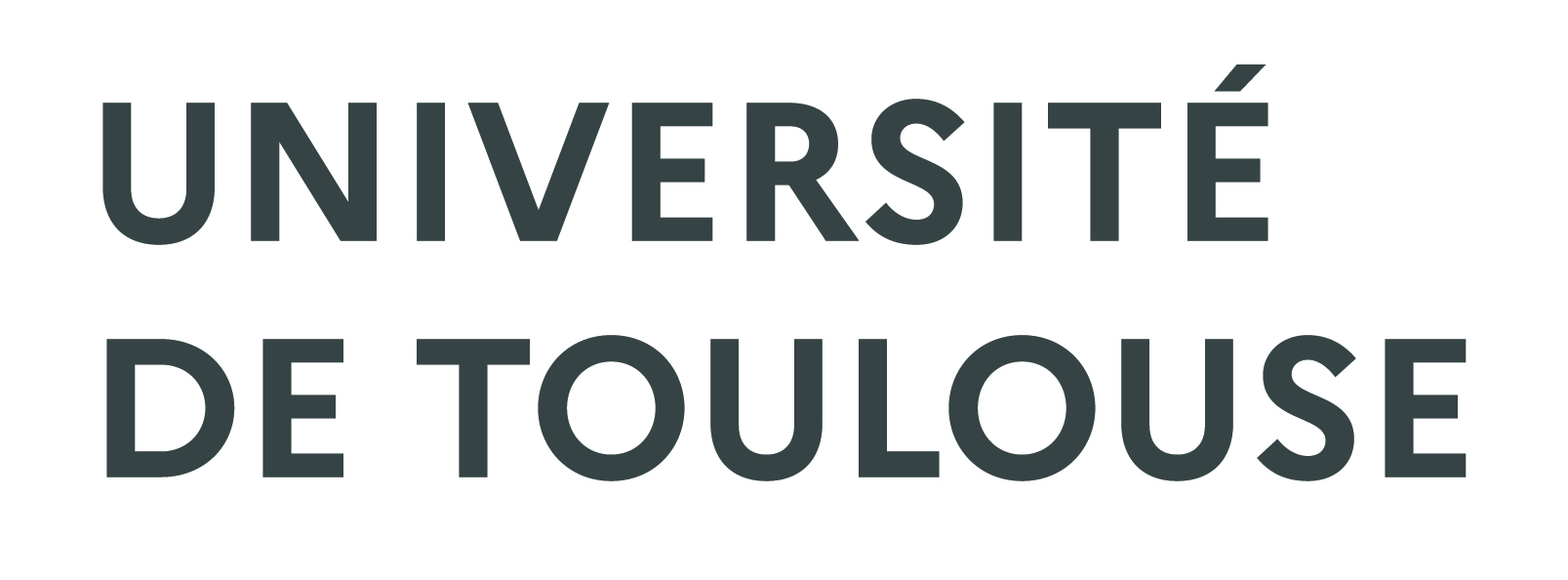What predicts poor outcome after successful thrombectomy in early time window?
Résumé
Background: Half of the patients with large vessel occlusion (LVO)-related acute ischemic stroke (AIS) who undergo endovascular reperfusion are dead or dependent at 3 months. We hypothesize that in addition to established prognostic factors, baseline imaging profile predicts outcome among reperfusers.
Methods: Consecutive patients receiving endovascular treatment (EVT) within 6 hours after onset with Thrombolysis In Cerebral Infarction (TICI) 2b, 2c and 3 revascularization were included. Poor outcome was defined by a modified Rankin scale (mRS) 3-6 at 90 days. No mismatch (NoMM) profile was defined as a mismatch (MM) ratio ≤1.2 and/or a volume <10 mL on pretreatment imaging.
Results: 187 patients were included, and 81 (43%) had a poor outcome. Median delay from stroke onset to the end of EVT was 259 min (IQR 209-340). After multivariable logistic regression analysis, older age (OR 1.26, 95% CI 1.06 to 1.5; p=0.01), higher National Institutes of Health Stroke Scale (NIHSS) (OR 1.15, 95% CI 1.06 to 1.25; p<0.0001), internal carotid artery (ICA) occlusion (OR 3.02, 95% CI 1.2 to 8.0; p=0.021), and NoMM (OR 4.87, 95% CI 1.09 to 22.8; p=0.004) were associated with poor outcome. In addition, post-EVT hemorrhage (OR 3.64, 95% CI 1.5 to 9.1; p=0.04) was also associated with poor outcome.
Conclusions: The absence of a penumbra defined by a NoMM profile on baseline imaging appears to be an independent predictor of poor outcome after reperfusion. Strategies aiming to preserve the penumbra may be encouraged to improve these patients' outcomes.

